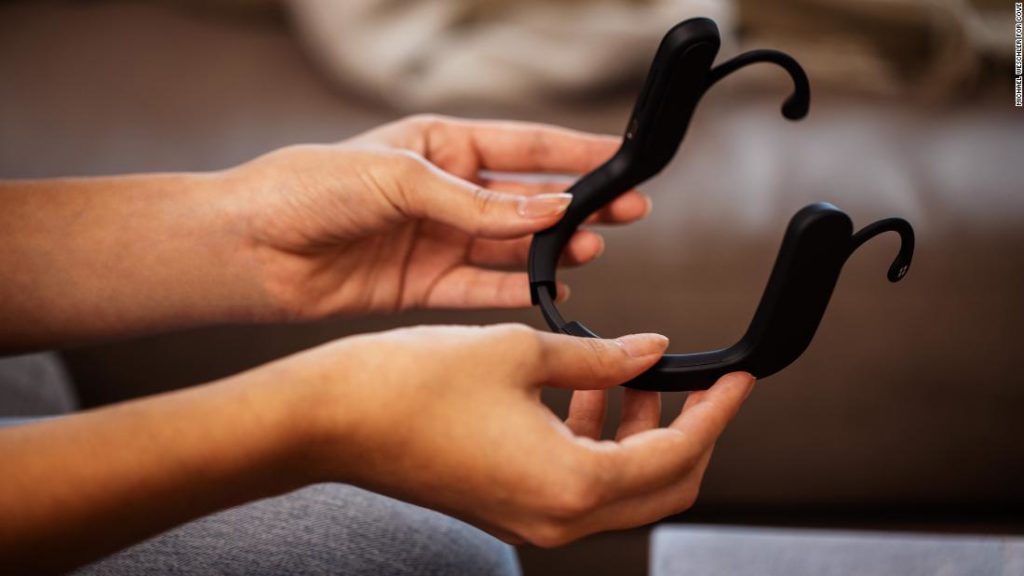At this year’s show, we saw splashy announcements like transparent TVs and rollable phones. I wanted to test some of the tech that promised to make life better, and give them enough time to see if they were worthwhile.
The result was a stream of water that looked visibly smaller than what a typical showerhead would produce. But once I laid my head into the basin to have my hair washed, I couldn’t feel any physical difference and it didn’t feel like I was using significantly less water. The rest of the shampooing and conditioning felt fairly standard.
If thousands of salons adopt the L’Oreal Water Saver into their routines over the next two years, as L’Oreal hopes, the company estimates savings of up to 1 billion gallons of water per year.
Pricing for the service has not been announced.
“We are also building solutions at home, with a goal to create sustainable tech anywhere consumers use our haircare products,” said L’Oreal Tech Incubator global vice president Guive Balooch.
Better sleep?
“The human mind is not very good at controlling itself. We know that if you want to fall asleep, you cannot just tell yourself, ‘Fall asleep.’ It requires much more effort,” said Kress. “We wanted a solution which would really simplify all these processes and not ask too much from the user.”
Cove sends gentle vibrations right behind the ears for 20 minutes a session, and it’s controlled via an app, available on iPhone or Android. The vibrations indeed felt relaxing, as I felt my mind naturally unwinding.
The first time I tried it, I fell asleep right away, only to be woken up by a vibrating signal that my session had ended.
The second time, I decided to lay on my face, so that the end signal wouldn’t shake against the pillow and disrupt my sleep. But laying in fear of getting woken up meant I didn’t fall asleep easily at all.
Cove promises the longer you use it, the more effective it is. That makes it tough for tech reviewers to to see if Cove actually can do what it promises for insomnia and anxiety. But Kress says its fans are ardent, with some customers telling him they would be willing to pay even more for Cove. As for myself, I can see Cove being useful to a degree. But after adding it to my nightly routine, I just wouldn’t give it much attention.
You may also like
-
Afghanistan: Civilian casualties hit record high amid US withdrawal, UN says
-
How Taiwan is trying to defend against a cyber ‘World War III’
-
Pandemic travel news this week: Quarantine escapes and airplane disguises
-
Why would anyone trust Brexit Britain again?
-
Black fungus: A second crisis is killing survivors of India’s worst Covid wave

